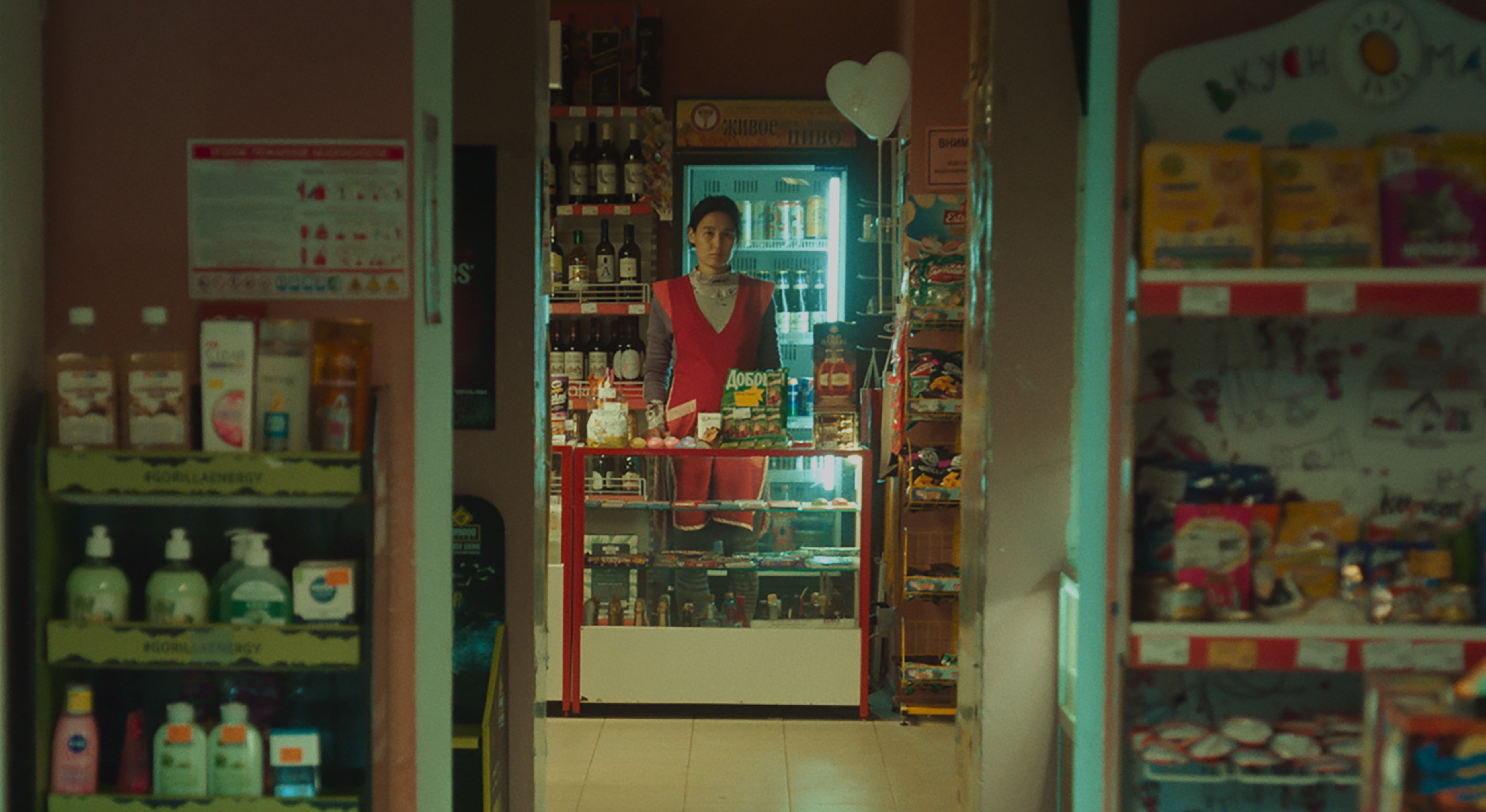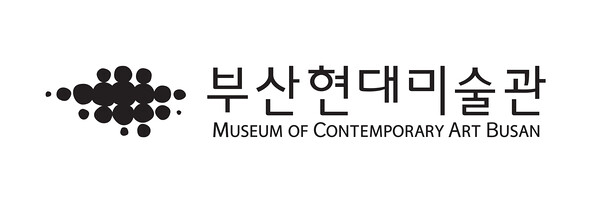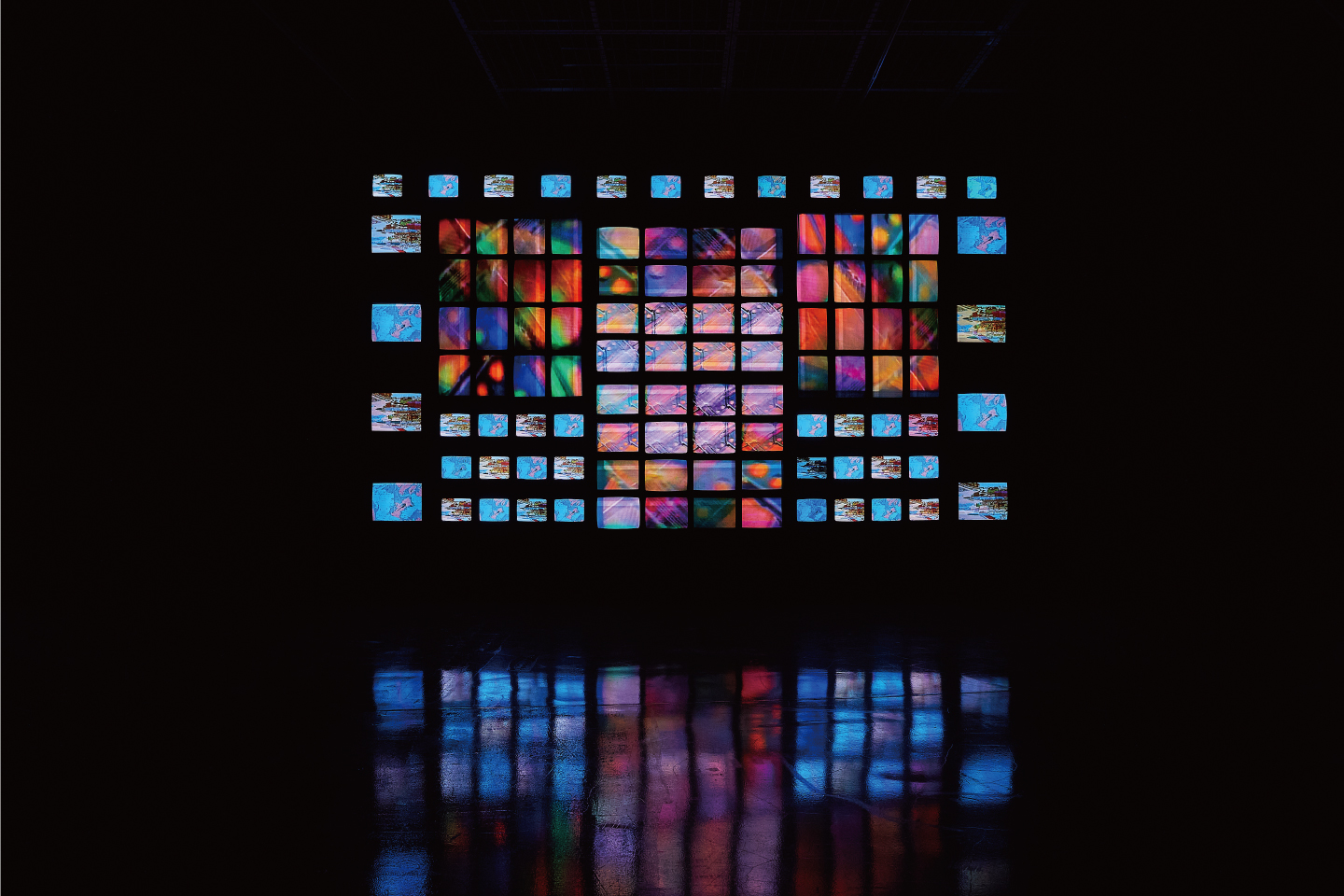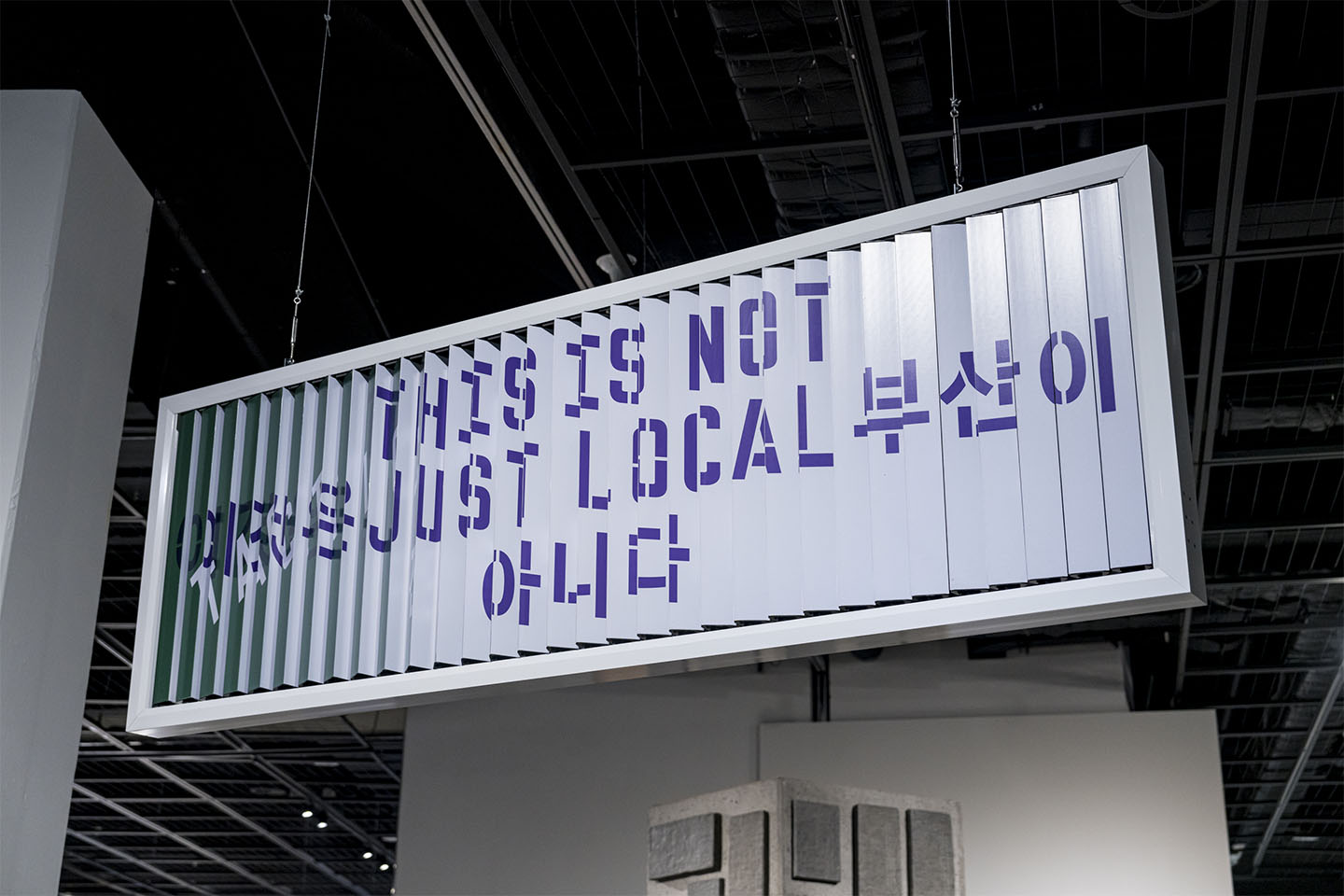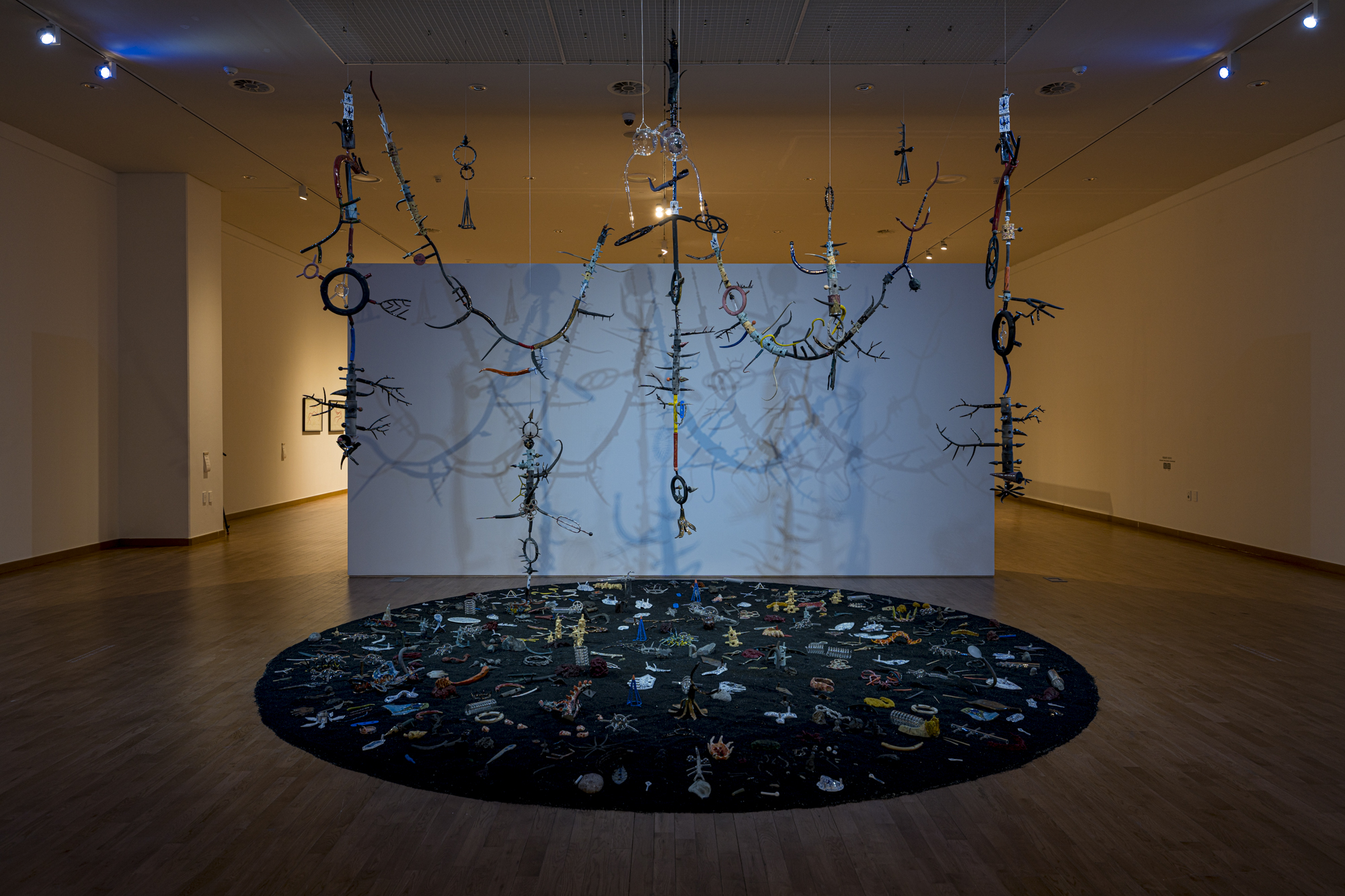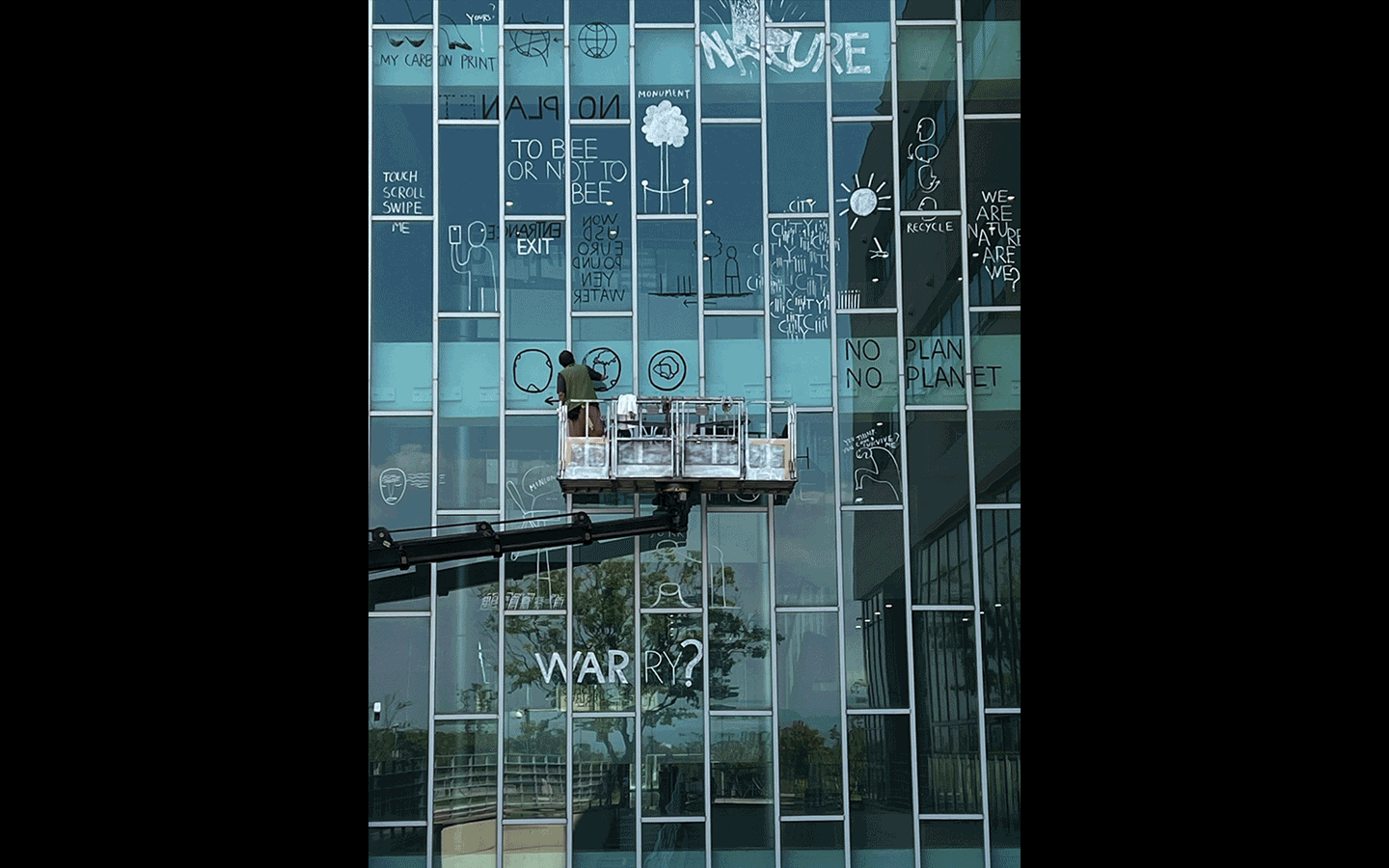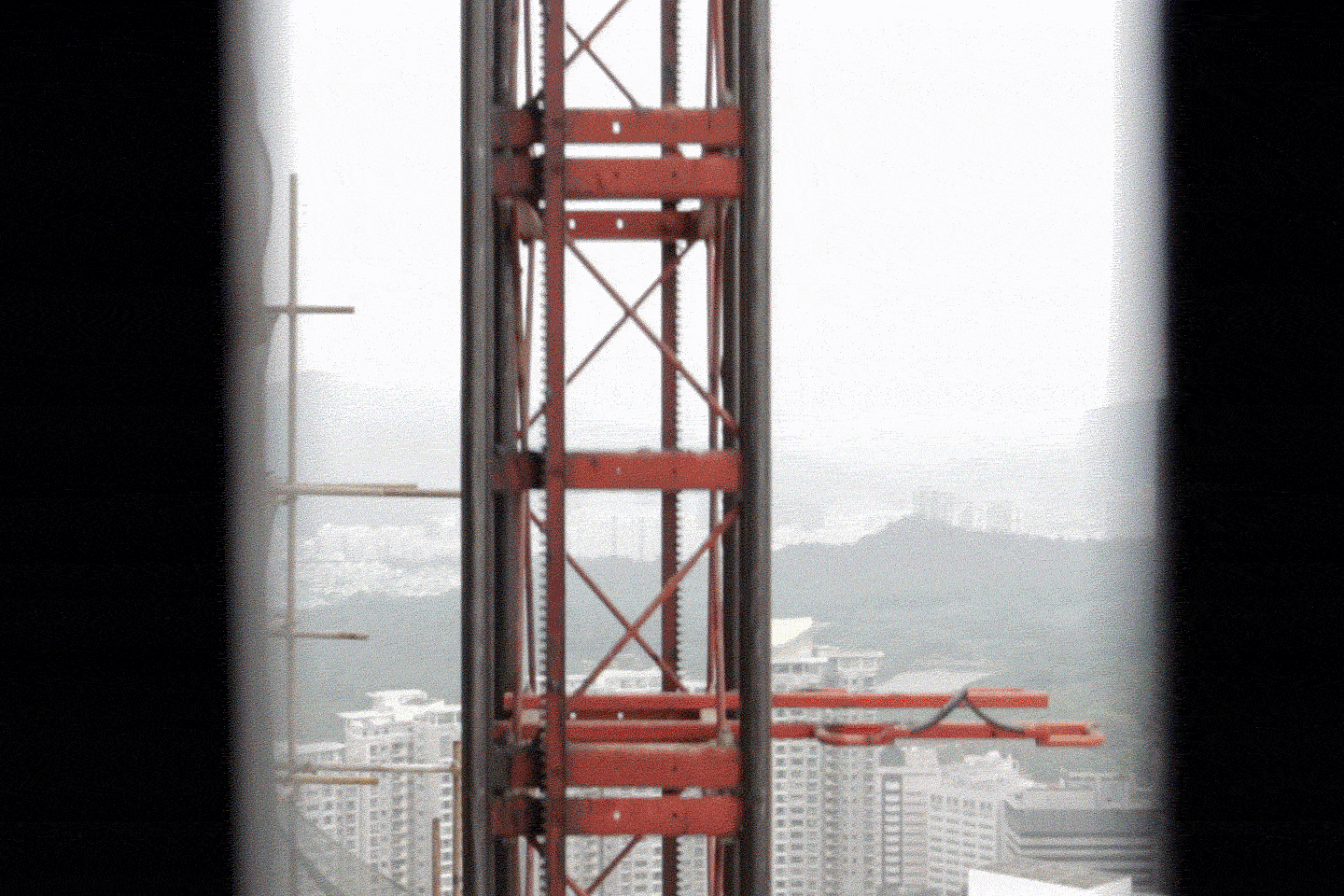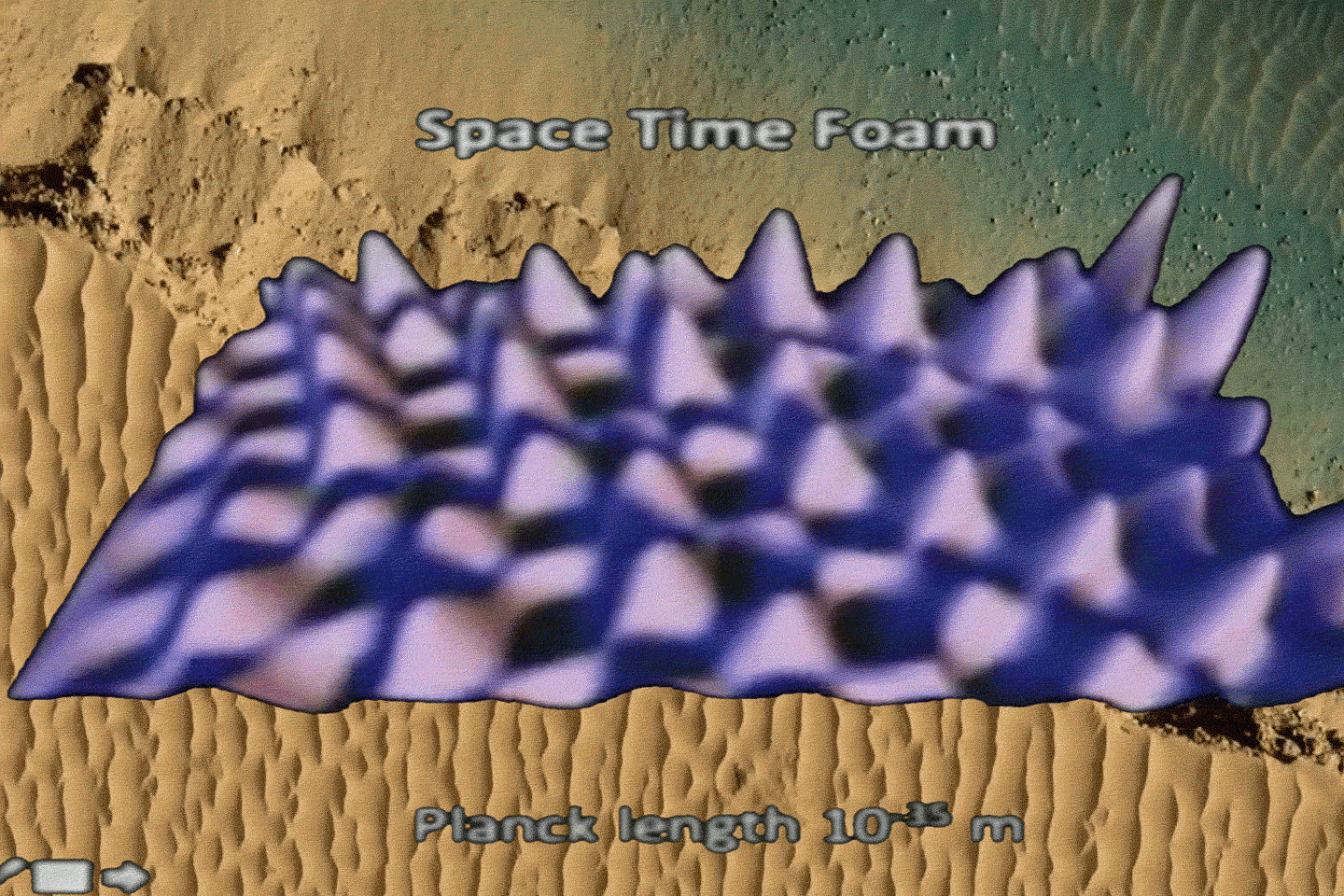2023 BusanMoCA Cinemedia
April 6–August 6, 2023
From April 6 to August 6, 2023, Busan Museum of Contemporary of Art holds 2023 BusanMoCA Cinemedia_Climate of Cinema: Isle, the Planet and Postcontact Zone. The BusanMoCA Cinemedia organized by The Busan Museum of Contemporary Art is to be held biennially.
Climate of Cinema delves into the intersections between ecology, anthropology, political economy, and the history of film. It underscores the entanglements between the climate crisis, the climate of history [1], and the climate of cinema, emphasizing the significance of “planetary thinking” through the notions of “slow cinema” and “slow science.”[2]
“Slow cinema” is a series of films that is defined by its use of long takes, which are commonly found in works by prominent figures such as Tsai Ming-Liang, Lav Diaz, and Chantal Akerman, all of whom are featured in this exhibition. These filmmakers use cinematic forms and rhythms to explore a range of themes, from gender to religion and politics, encouraging viewers to engage in introspection.
“Slow science” recognizes that the Earth’s ecosystem is unsustainable and seeks to find new ways to address this issue, requiring collaboration between artists, scientists, philosophers, and others. In this exhibition, efforts to address the climate crisis through crucial means are explored through cinema and media, while also envisioning new geospatiality and embracing the responsibility to perform. As the climate changes, films respond and call for social justice.
The exhibition opens with Aphotic Zone and continues to offer a contemplative viewing of Tsai Ming-Liang’s Walker at the Cinema Eulsuk, named after the isle, part of eco-park where the museum is situated. Aphotic Zone pertains to the deep, dark regions of oceans or lakes where sunlight cannot penetrate, and photosynthesis does not occur, resulting in an ecosystem where organisms do not rely on light. In the exhibition, the film flows with a poetic rhythm that reflects the planet within a geographic space where the horrors of colonialism and the destruction of the Earth’s ecosystem due to industrial pollution are interconnected. The exhibition underscores the profound resonance of the awe-inspiring and terrifying parallel universe of the historical future in Aequador. This sci-fi forms are further explored in the SciFian section of the exhibition. These works to some extents interrogate “Dark ecology”, based on the idea that humans are not separated from the environment but are deeply intertwined with it. Here, the relationship between humans and nature is characterized as hidden and interconnected. [3]
The works featured in the exhibition, including Aral: Fishing in an Invisible Sea, Shari, Sura: A Love Story, Seven Islands and a Metro, Stone Turtle, The Crow, Habitat, and Ieoh Island, all express dark ecology through cinematic forms. Under the Zelkova also aligns with the stance of Vandana Shiva, who advocates traditional organic farming methods and the preservation of local specialty crops.
In light of these hidden connections, new materialism emphasizes the entanglement of matter and discourse and the interference patterns that defy representation. The concept of “the exteriority within” is proposed to encourage us to think about the relationship between the social and the natural in a new and different way. [4]
Climate of Cinema: Isle, the Planet and Postcontact Zone presents a selection of politically charged films, including Reflection, which portrays the intense conflict of the Russian-Ukrainian War, Blue Island, which follows three individuals involved in the Hong Kong democratization movement, and AI: African Intelligence, a work that explores African and artificial intelligence in a traditional fishing village off the coast of Senegal.
Furthermore, the exhibition features the contributions of Saodat Ismailova, Mikhail Borodin, and Song Lavrenti, who confront issues related to immigration labor, environment, ecology, and women’s rights in post-Soviet Central Asia. The films and the installations traverse peripheral geospatiality, post-contact zones, fragile but resilient isles, and planet while exploring profound ecological themes through the notions of slow cinema, slow science, and planetary thinking of re-Worlding.
Through its array of films and installations, Climate of Cinema: Isle, the Planet and Postcontact Zone sheds light on the rich history of cinema while also addressing urgent global issues of climate justice.
[1] Dipesh Chakravarty, The Climate of History in a Planetary Age, University of Chicago Press, 2021
[2] Isabelle Stengers, Another Science is Possible: A Manifesto for Slow Science, Polity, 2018.
[3] Timothy Morton , Dark Ecology: For a Logic of Future Coexistence, Columbia University Press, 2016.
[4] Karen Barad, Meeting the Universe Halfway: Quantum Physics and the Entanglement of Matter and Meaning, Duke University Press, 2007.
